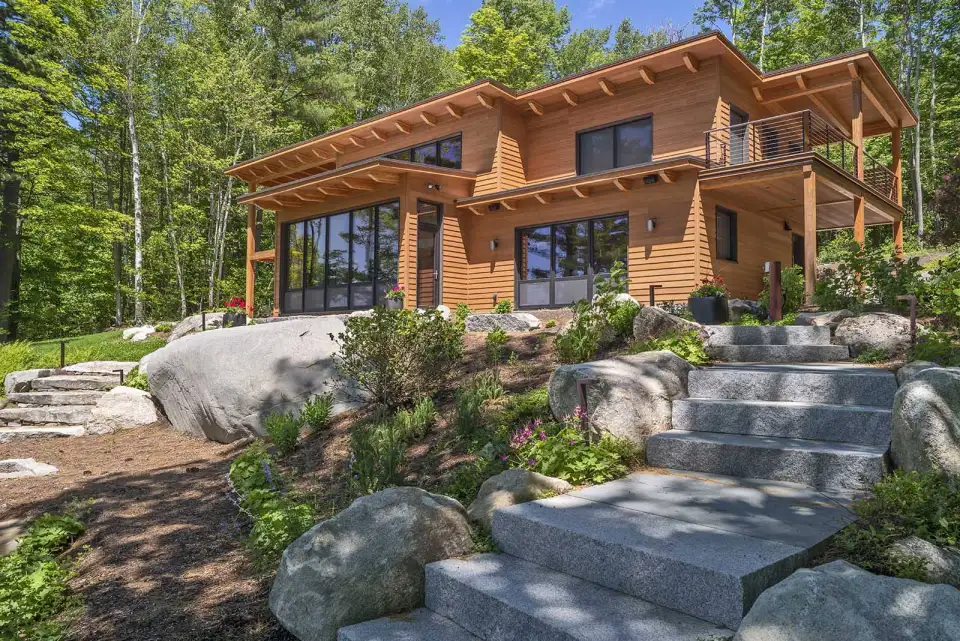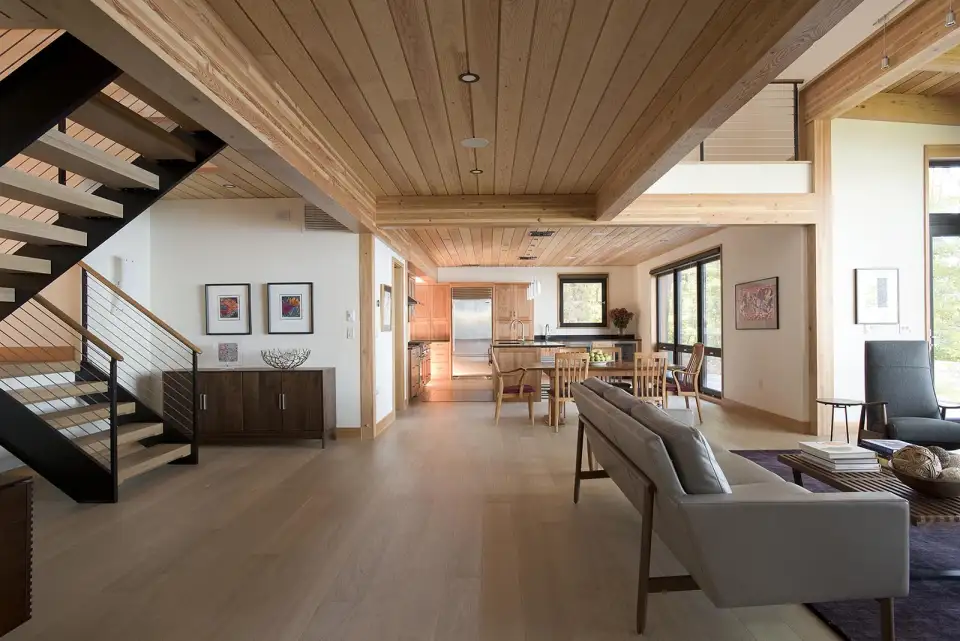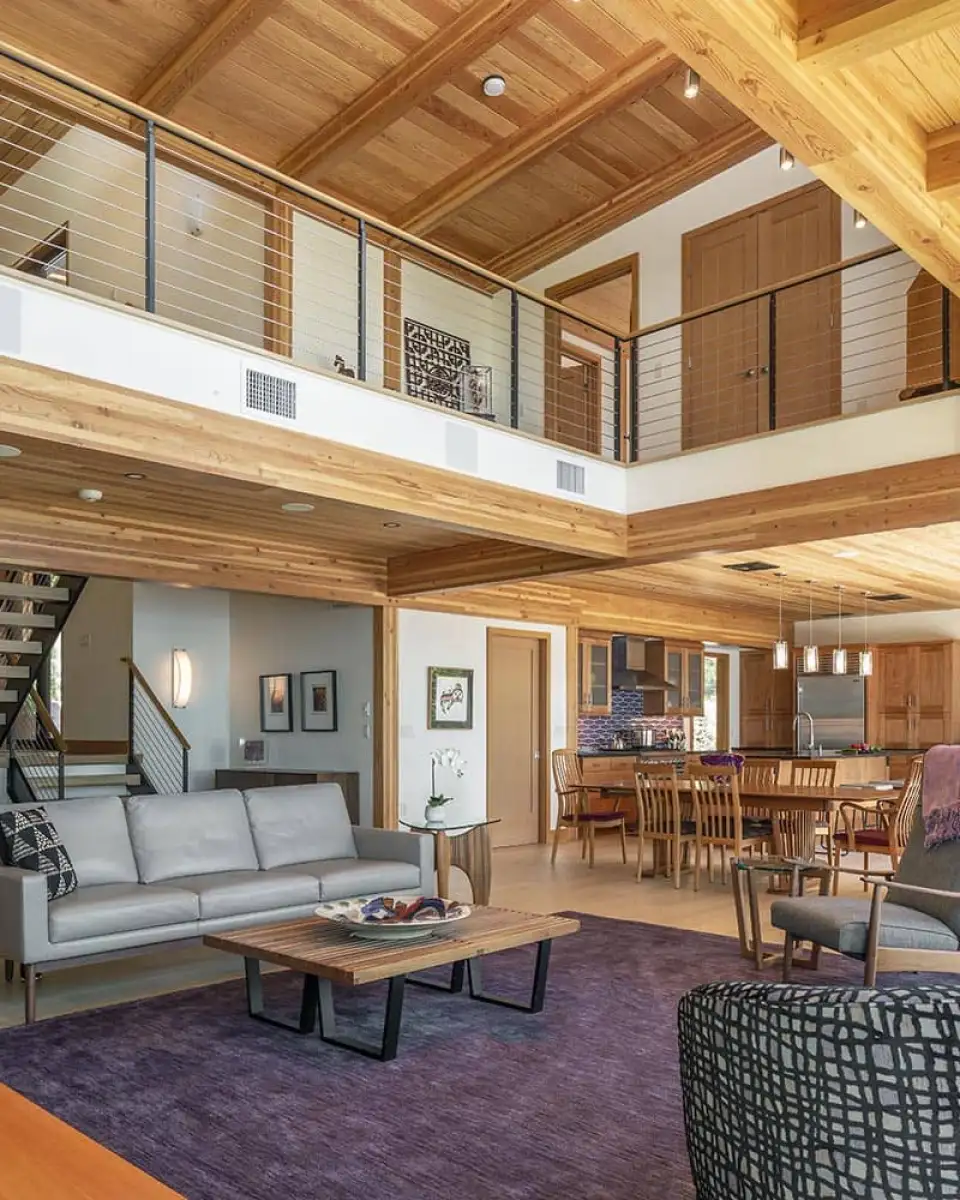
Tedd Benson founded Bensonwood in 1973 after a stint in woodworking. Initially sparked by his attraction to New England-style timber frame homes that had lasted centuries, he started the company as an antidote to the poor quality of home construction that had become status quo throughout the country.
Today, the firm completes 100–150 homes annually with its internal design team and in collaboration with partner firms. The firm produces panelized enclosure and timber components for an additional 100 projects each year. Though the company typically distributes in the Northeast and mid-Atlantic region of the U.S., they have delivered prefabricated components to every state in the U.S, as well as to Canada, England, and even Japan.

Coming out of the 2008 recession Bensonwood saw a growing demand for predictable costs for home construction and smaller homes—typically no more than 2,800 square feet. By applying research and development from Bensonwood’s OpenBuilt enclosure system and decades of home design, the company launched Unity Homes in 2012, which produces predesigned prefabricated homes intended to achieve Passive House levels of performance. About three years ago Bensonwood announced its Tektoniks Advanced Building Components line so that other building professionals can easily design and build with Bensonwood’s standard building enclosure system and timber processing.
A large portion of the company’s custom prefabrication projects are single-family detached homes whose lead times average around 6 months. “When we collaborate with other architects the lead time is a bit longer, due to the learning curve but, once the team understands the system and the benefits of our 3D modeling, the time is reduced,” says Doug Reitmeyer, project development manager, who adds, “The barriers for entry aren’t difficult.” The firm can act as a design/build consultant to tailor a specific design to the Tektoniks system and can provide estimating services for a general contractor.

Tektoniks building enclosures have also been used for a variety of multifamily and institutional projects. “The predictable cost for construction is one great asset of the prefabrication process, specifically when tackling multifamily housing,” Reitmeyer points out. “The team has found extended lead times can whittle down costs and align the projects with Passive House goals by using precise construction methods.”
Given its history, it is perhaps unsurprising that Bensonwood emphasizes the use of wood-based products. Their prefabricated homes are insulated with cellulose and their facility is certified by the Forest Stewardship Council (FSC) to process FSC products, which are used regularly. “We not only focus on high performance but also on long-term sustainability,” notes Reitmeyer.